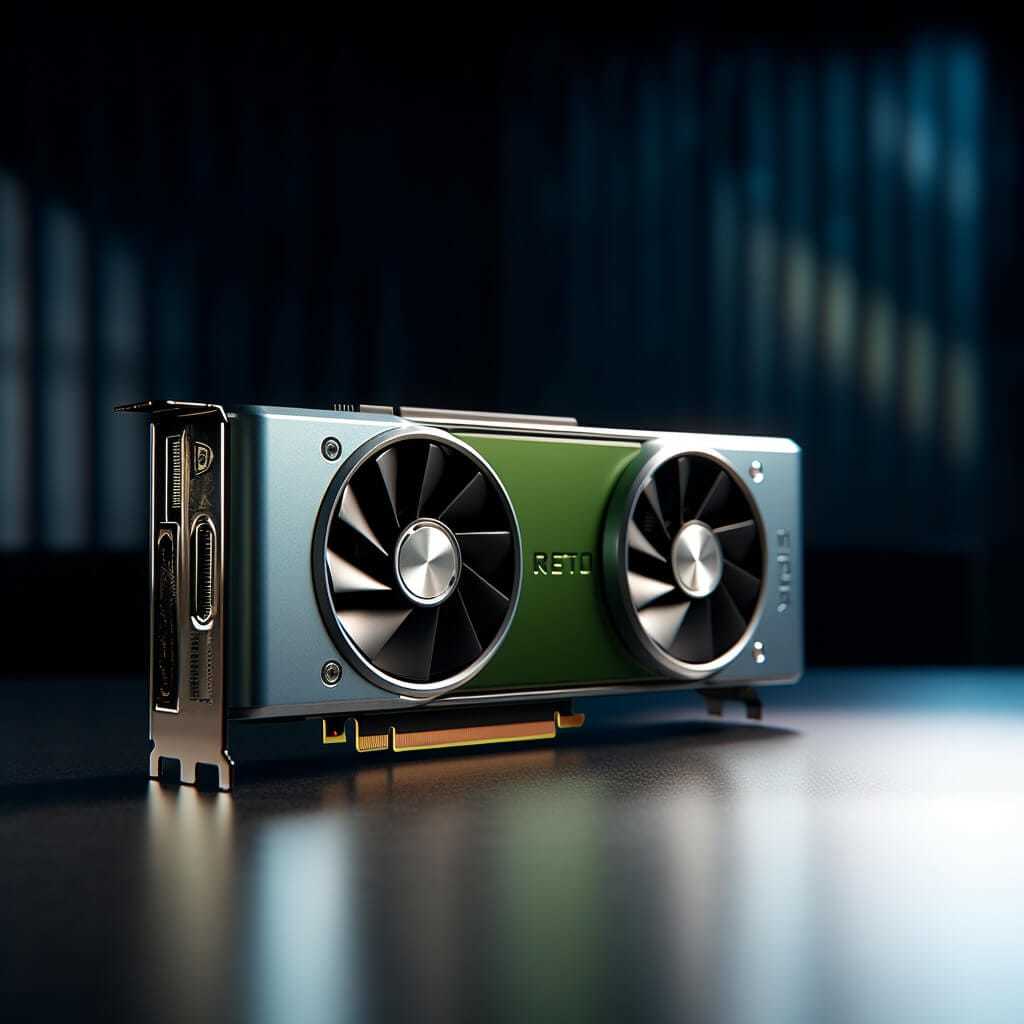San Francisco is experiencing an AI startup boom, with investors pouring billions into generative AI and fueling a frenzy reminiscent of the early days of social media. However, tech industry professionals caution that the rapid growth of the AI sector may not be a cure-all for the city’s economic and commercial real estate woes. Unlike previous tech booms that brought numerous jobs, firms prioritize lean AI operations and automation, resulting in fewer employment opportunities.
AI startups and job market impact
San Francisco is home to eleven of the top 20 AI companies in the country, which collectively raised $15.7 billion between 2008 and 2023. However, these companies employ a mere 3,400 people in the city, accounting for 2.3% of the 150,000 daily workers lost during the pandemic. This is a significant concern considering that office workers contributed to nearly three-quarters of the city’s gross domestic product before the COVID-19 crisis.
Generative AI, which utilizes past data to create new content, has the potential to revolutionize workplace efficiency, particularly for software engineers. According to GitHub research, 92% of software developers already use AI, and those using AI-powered coding assistants can complete tasks 55% faster. However, the nature of AI startups focuses on staying lean and automating tasks. This means that these companies are unlikely to employ thousands of individuals or contribute to the commercial real estate rebound in the same way as larger tech firms like Airbnb and Dropbox.
Examples of lean AI startups
For instance, OpenAI, backed by Microsoft and known for its ChatGPT chatbot, has raised over $11 billion in eight years but only employs around 500 people. The company harnesses AI to solve problems, such as training AI systems to help handle customer support tickets more efficiently. Similarly, other AI startups emphasize small team sizes while leveraging AI to streamline operations. This trend of lean workforces may limit the overall job market impact compared to previous tech booms.
Despite the city grappling with challenges such as drugs, homelessness, and unaffordable housing, San Francisco has earned the reputation of being the “AI capital of the world.” The city’s tech events have witnessed a surge in AI-related activities, reminiscent of the pre-pandemic era when companies like Google expanded their presence. However, the city has faced significant setbacks, with office buildings experiencing over 30% vacancy rates, declining ridership on public transit, and reduced foot traffic affecting businesses like Nordstrom.
The future of San Francisco’s economy
Opinions on AI’s impact on the city’s economy diverge. Some professionals believe that AI will lead to more small firms hiring dozens of people, providing an alternative to the model of large tech companies employing thousands. Others argue that AI’s benefits will concentrate in the hands of a few, exacerbating existing inequality issues. While AI may bring advancements, particularly for small businesses, the future of San Francisco’s economic revival remains uncertain.
San Francisco’s AI startup boom has attracted significant investment and generated optimism for the city’s economic revival. However, experts caution that the lean workforce approach of AI startups may limit the job growth traditionally associated with such tech booms. As the city grapples with various challenges, including the aftermath of the pandemic, the extent to which AI can drive long-term economic recovery and address societal issues remains to be seen.
San Francisco, city and port, coextensive with San Francisco county, northern California, U.S., is on a peninsula between the Pacific Ocean and San Francisco Bay. It is a cultural and financial center of the western United States and one of the country’s most cosmopolitan cities. San Francisco is famous for the iconic Golden Gate Bridge, Alcatraz, buzzing neighborhoods such as Chinatown, and its many museums and historic architecture.





